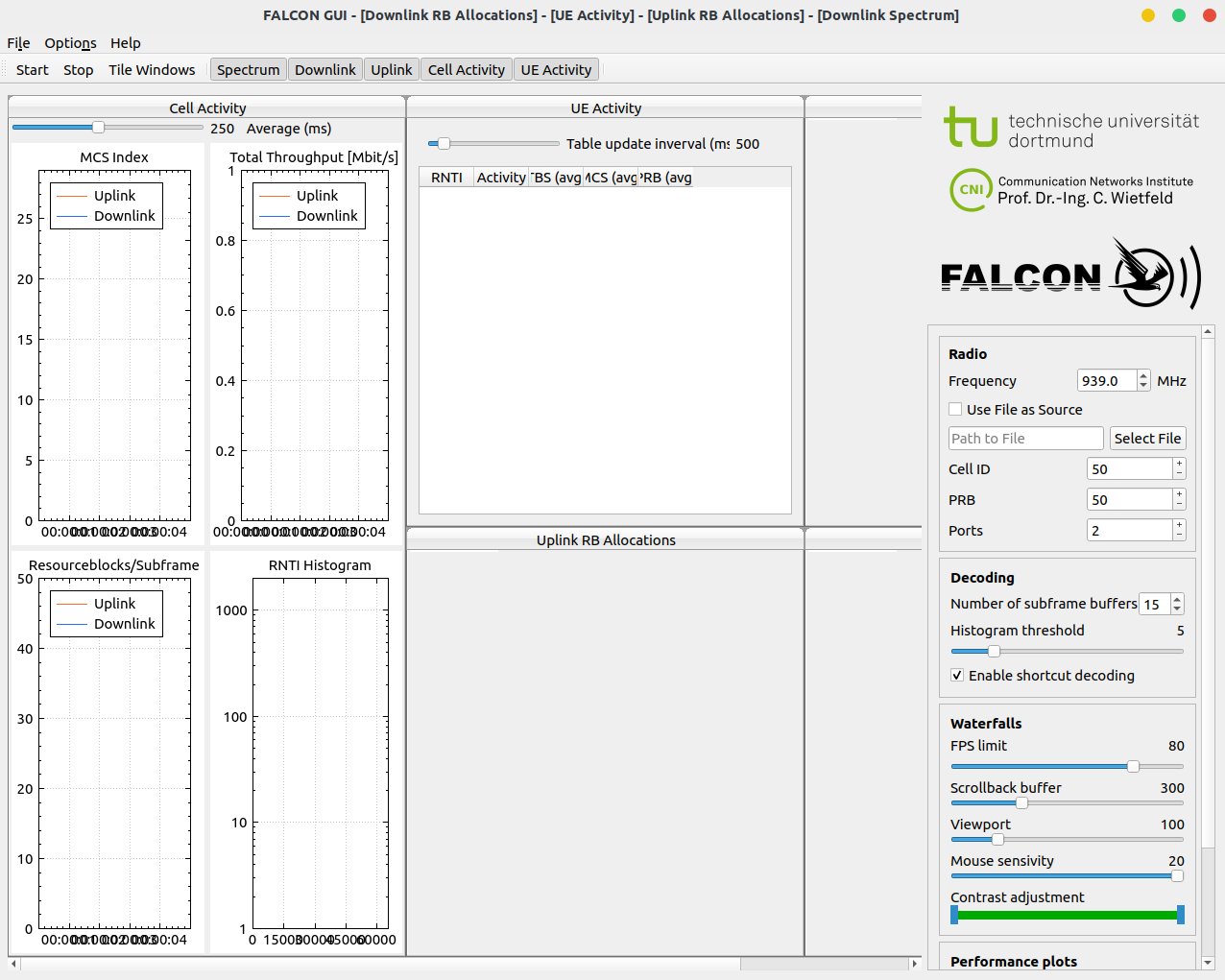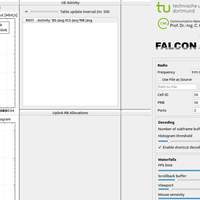Project update 6 of 9
Using AntSDR for Cellular Networking
by Chao Jiang, Aero, Chaochen WeiHello, readers and backers, Thank you all for your support! In this update, we introduce you to projects using AntSDR as a cellular base station and cellular networking tool. We hope these projects will generate interest and give you ideas for ways you can use the AntSDR E200.
The FALCON Cellular Radio Analysis Tool
The FALCON project is an open-source software collection for real-time analysis of radio resources in private or commercial LTE/LTE-A networks. It supports devices capable of running srsRan, which fortunately includes the AntSDR E200.
Next, we need to make the AntSDR work in UHD firmware mode, as previously demonstrated.
Install srsGUI
Now we need to install srsGUI, a FALCON dependency.
sudo apt-get install build-essential git cmake libfftw3-dev libmbedtls-dev libboost-program-options-dev libconfig++-dev libsctp-dev
sudo apt-get install libboost-system-dev libboost-test-dev libboost-thread-dev libqwt-qt5-dev qtbase5-dev
git clone https://github.com/srsLTE/srsGUI.git
cd srsgui
mkdir build
cd build
cmake ../
make
sudo make install
Install FALCON
Now we can install the FALCON package.
git clone https://github.com/falkenber9/falcon.git
cd falcon
mkdir build
cd build
cmake -DCMAKE_INSTALL_PREFIX=/usr ../
make
# Install (optional)
sudo make install
# Uninstall (use carefully!)
sudo xargs rm < install_manifest.txt
Run FALCON
If you have successfully installed FALCON, you should now be able to run FalconGUI in the console, as seen below. Note that if "Use File as Source" is selected in your interface, you need to cancel it at this time.
Generally speaking, we will use cell_search in srsRAN to find nearby base stations and then start using FALCON analysis after getting the information. After setting the base station information, click the Start button in the upper left corner.
You should now see a lot of information about the cellular network.
Here, we are very grateful to Aaron, who added support for our products to dragonOS, which makes the related software of SDR very portable. You can learn more details in this video showing a FALCON implementation:
LTESniffer
LTESniffer is an open-source LTE downlink/uplink eavesdropper project also by Aaron. Antsdr can support running only downlink sniffing or uplink sniffing. If you are interested, you can learn more about this project as executed on the AntSDR E200 in this video
Open5G_phy
Open5G_phy is a resource efficient, customizable, synthesizable 5G NR lower PHY written in Verilog! As Benjamin Menküc, the author of Open5G_Phy, points out, "A full stack 5G modem running completely standalone on a Zynq (PL + PS) will be a game changer!".
In our experience, this project is indeed impressive in terms of speed. Offloading certain computationally less intensive tasks to an FPGA can significantly enhance system processing efficiency. The good news is that Menküc plans to make the AntSDR E200 compatible with this project.
That’s all the information we have for this week regarding wireless communication network projects. The AntSDR E200 can provide you with the opportunity to experience the aforementioned projects, so if you haven’t ordered E200 yet during the crowdfunding campaign, be sure not to miss it! Once again, thank you all for your support!








